Cost Efficiency
Cost efficiency is emerging as a significant driver in the Electric Lawn Mower Market, as consumers increasingly seek economical solutions for lawn maintenance. Electric mowers typically have lower operating costs compared to their gas-powered counterparts, primarily due to reduced fuel expenses and minimal maintenance requirements. The absence of oil changes and fewer moving parts contribute to lower long-term costs, making electric mowers an attractive option for budget-conscious consumers. Furthermore, the initial investment in electric mowers is becoming more competitive, with prices decreasing as technology advances and production scales up. Market analysis suggests that the total cost of ownership for electric mowers can be significantly lower over time, which is likely to influence purchasing decisions. As awareness of these cost benefits spreads, the Electric Lawn Mower Market is expected to witness increased adoption among homeowners.
Regulatory Support
Regulatory support is playing a crucial role in shaping the Electric Lawn Mower Market, as governments worldwide implement policies aimed at reducing carbon emissions and promoting cleaner technologies. Many regions are introducing regulations that encourage the use of electric lawn equipment, including electric mowers, as part of broader environmental initiatives. These regulations often include financial incentives, such as tax credits or rebates, for consumers who purchase electric mowers. Additionally, some municipalities are banning the use of gas-powered mowers during certain hours to mitigate noise and air pollution, further driving demand for electric alternatives. As these regulatory frameworks become more prevalent, they are likely to bolster the Electric Lawn Mower Market, making electric mowers a more appealing choice for consumers seeking compliance with environmental standards.
Sustainability Focus
The Electric Lawn Mower Market is increasingly driven by a growing focus on sustainability and environmental consciousness. Consumers are becoming more aware of the ecological impact of traditional gas-powered mowers, which emit harmful pollutants and contribute to noise pollution. In contrast, electric mowers offer a cleaner alternative, producing zero emissions during operation. This shift towards eco-friendly gardening solutions is supported by various government initiatives promoting sustainable practices. For instance, incentives for electric vehicle adoption are often extended to electric lawn equipment, further encouraging consumers to make the switch. As a result, the demand for electric mowers is expected to rise, with market analysts predicting a compound annual growth rate of over 10% in the coming years. This trend underscores the Electric Lawn Mower Market's alignment with broader environmental goals.
Diverse Product Offerings
The Electric Lawn Mower Market is characterized by a diverse range of product offerings that cater to various consumer preferences and needs. Manufacturers are increasingly introducing models with different features, sizes, and price points to appeal to a broader audience. For instance, there are compact models designed for small urban gardens, as well as larger, more powerful mowers suitable for expansive lawns. This diversity not only enhances consumer choice but also drives competition among manufacturers, leading to improved quality and innovation. Market data indicates that the segment of self-propelled electric mowers is gaining traction, as they provide ease of use for consumers with larger properties. As the market continues to expand, the variety of electric lawn mowers available is likely to grow, further solidifying the Electric Lawn Mower Market's position in the gardening equipment sector.
Technological Advancements
The Electric Lawn Mower Market is experiencing rapid technological advancements that enhance performance and user experience. Innovations such as improved battery technology, including lithium-ion batteries, have significantly increased the runtime and efficiency of electric mowers. These advancements allow for longer mowing sessions without the need for frequent recharging, appealing to consumers who prioritize convenience. Additionally, the integration of smart technology, such as GPS and app connectivity, enables users to monitor and control their mowers remotely. This trend is reflected in the increasing sales of smart electric mowers, which are projected to account for a substantial share of the market by 2026. As technology continues to evolve, it is likely that the Electric Lawn Mower Market will see further enhancements that cater to the needs of tech-savvy consumers.


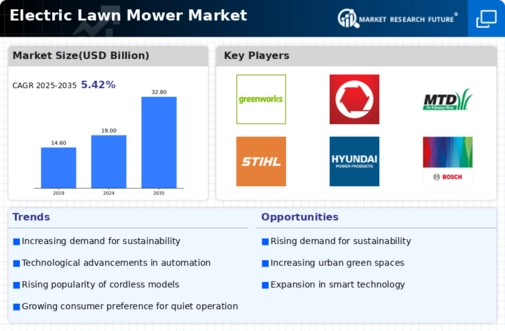
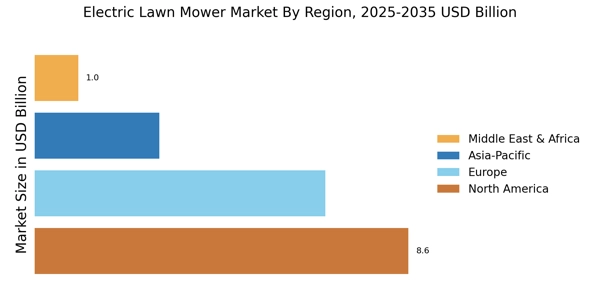

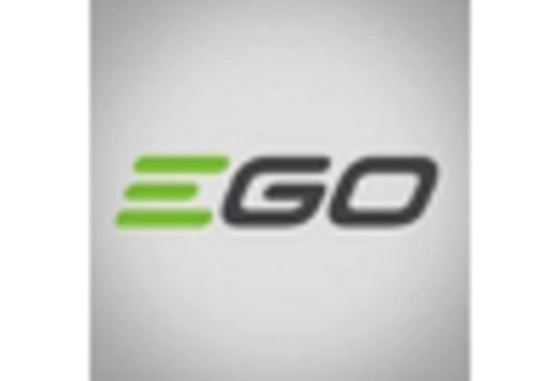
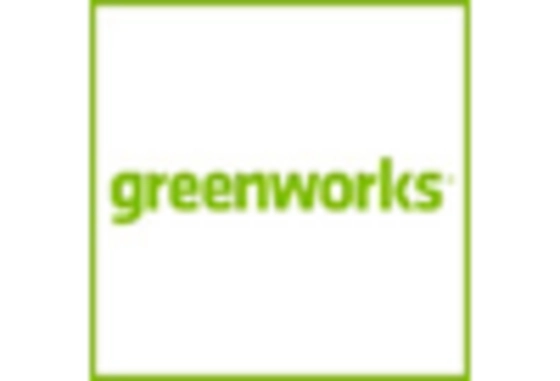
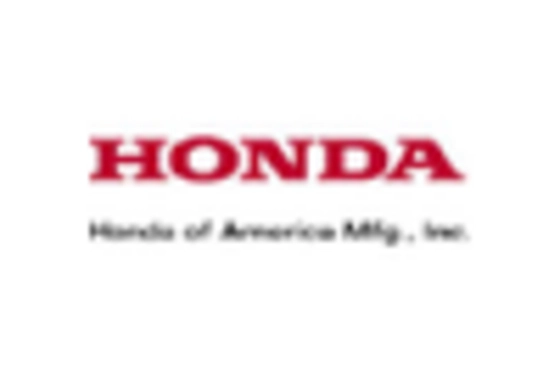
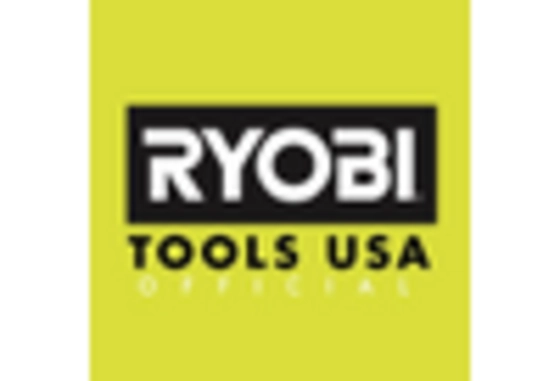
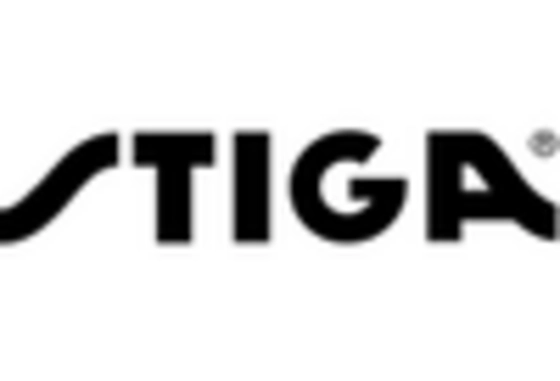








Leave a Comment